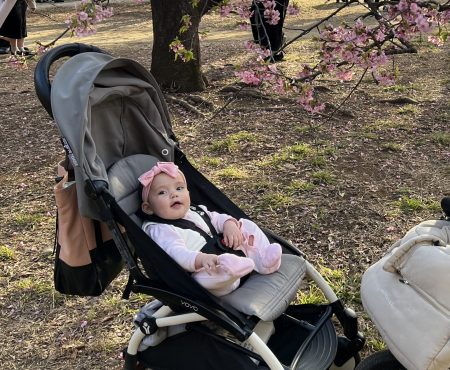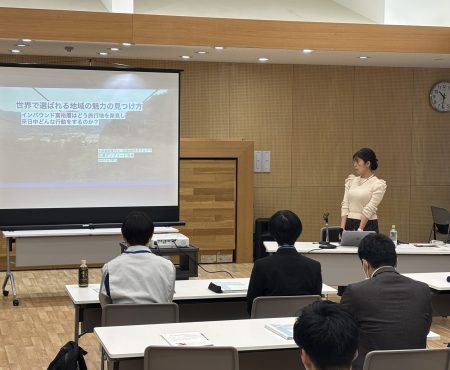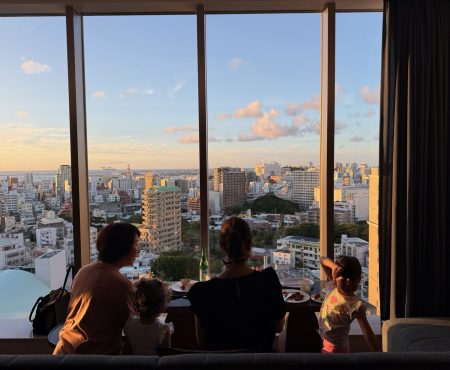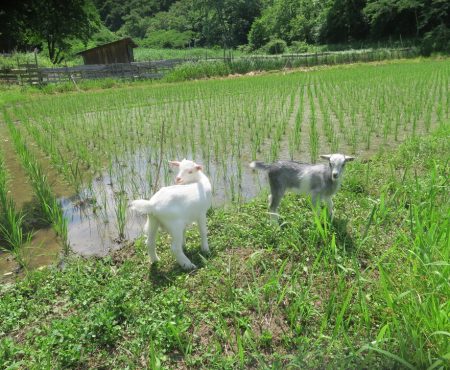(日本語は後ろに続きます)
Thank You for Your Kind Messages
Thank you so much to everyone who left kind comments and messages on my previous post about our stillbirth.
When I wrote that blog post in mid-August, it had been less than a month since we learned that our baby’s heartbeat had stopped.
After writing the “Sunflower Blog,” I traveled to Hokkaido and worked hard to regain my emotional balance. Bit by bit, I’ve reached a point where I can post again on social media.
Now, I can smile, joke, and look forward again. 😌
Mizuko Kuyō: Memorial service for miscarried, stillborn, or aborted babies
This post will also touch on some painful moments, but I hope you’ll stay with me.
In August, on the first tsukimeinichi (monthly death anniversary), we held a mizuko kuyō—a memorial service for our baby who passed away.
It was a scorching day, so hot we felt like we might melt.
We chose Hasedera Temple as the place for the memorial—a temple my husband and I visited back on March 1st, when I was just two months pregnant.
I’ve always loved this place. You can see the ocean, the mountains, and the bamboo is beautiful.
It’s small, so I’ve visited many times with family and friends.
I’ve come here in spring, autumn, and winter—but almost never in the peak of summer.
The sky was so clear that day, I wanted to preserve the memory in this blog post.
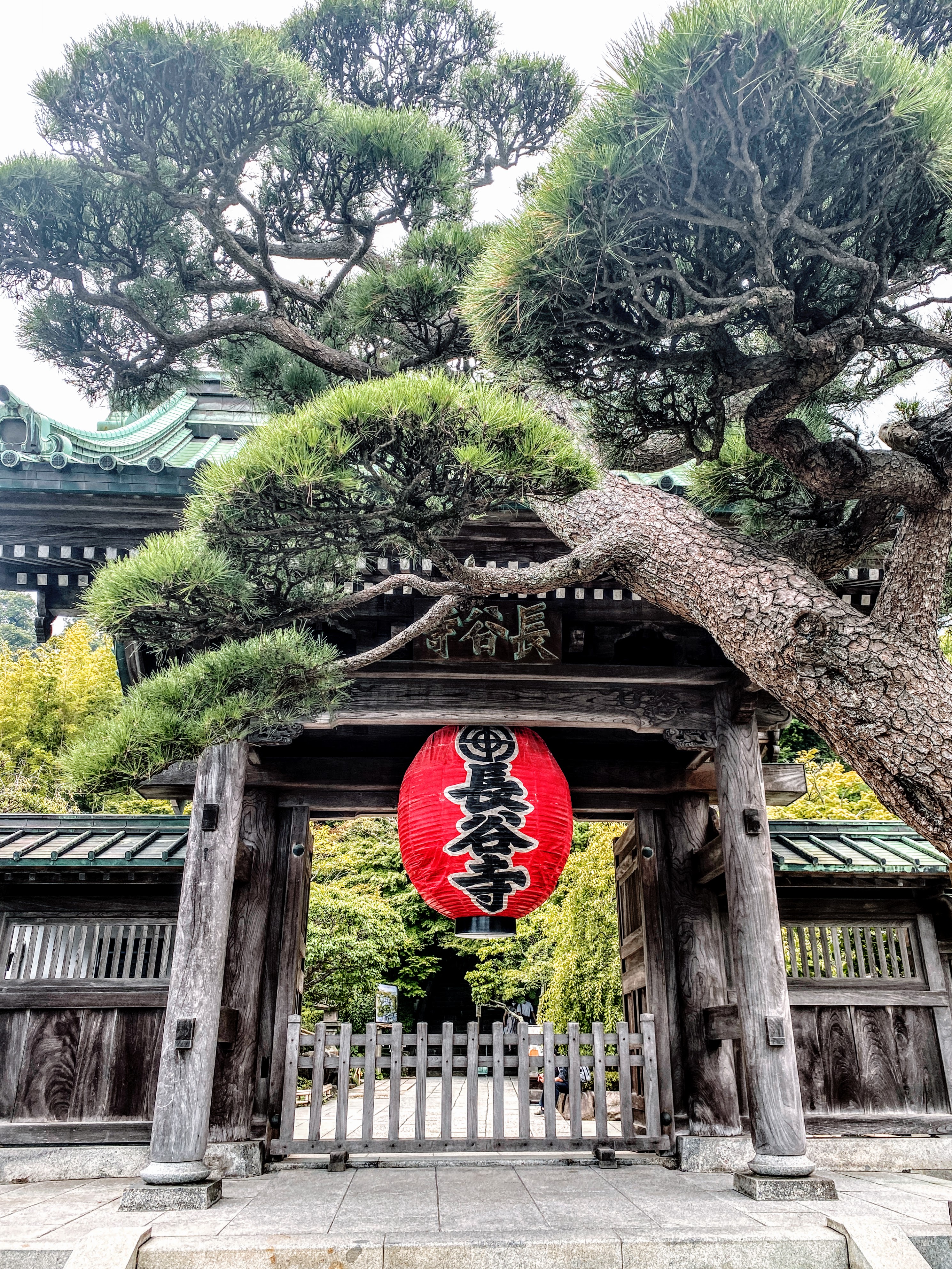
We held a mizuko kuyō, a traditional Japanese Buddhist memorial service for miscarried, stillborn, or aborted babies.
It’s a way for parents to pray for their baby’s peaceful journey to the afterlife and to express their love and sorrow.
There are not many temples that offer mizuko kuyō. When I looked it up in Tokyo, I found fewer than five temples.
But I already knew Hasedera had small Jizo statues for children and offered these memorials, so we decided to do it here.
And on the day, there were sunflowers arranged there too.
It may have just been seasonal, but it felt like a sign—and I was glad we chose this place. It was right after I had written the sunflower post.
We prayed that our baby would safely reach heaven.

Though I look tired in the photo, being in front of this beloved view brought me a small moment of joy.
On that day, we brought a small part of our baby’s remains in an envelope sealed with a sticker from our Amikuri Wedding brand.
I truly wish our baby could have seen this view with us.
Hasedera is also near my grandmother’s house, so I had imagined this being a place where four generations of women in our family could gather together.
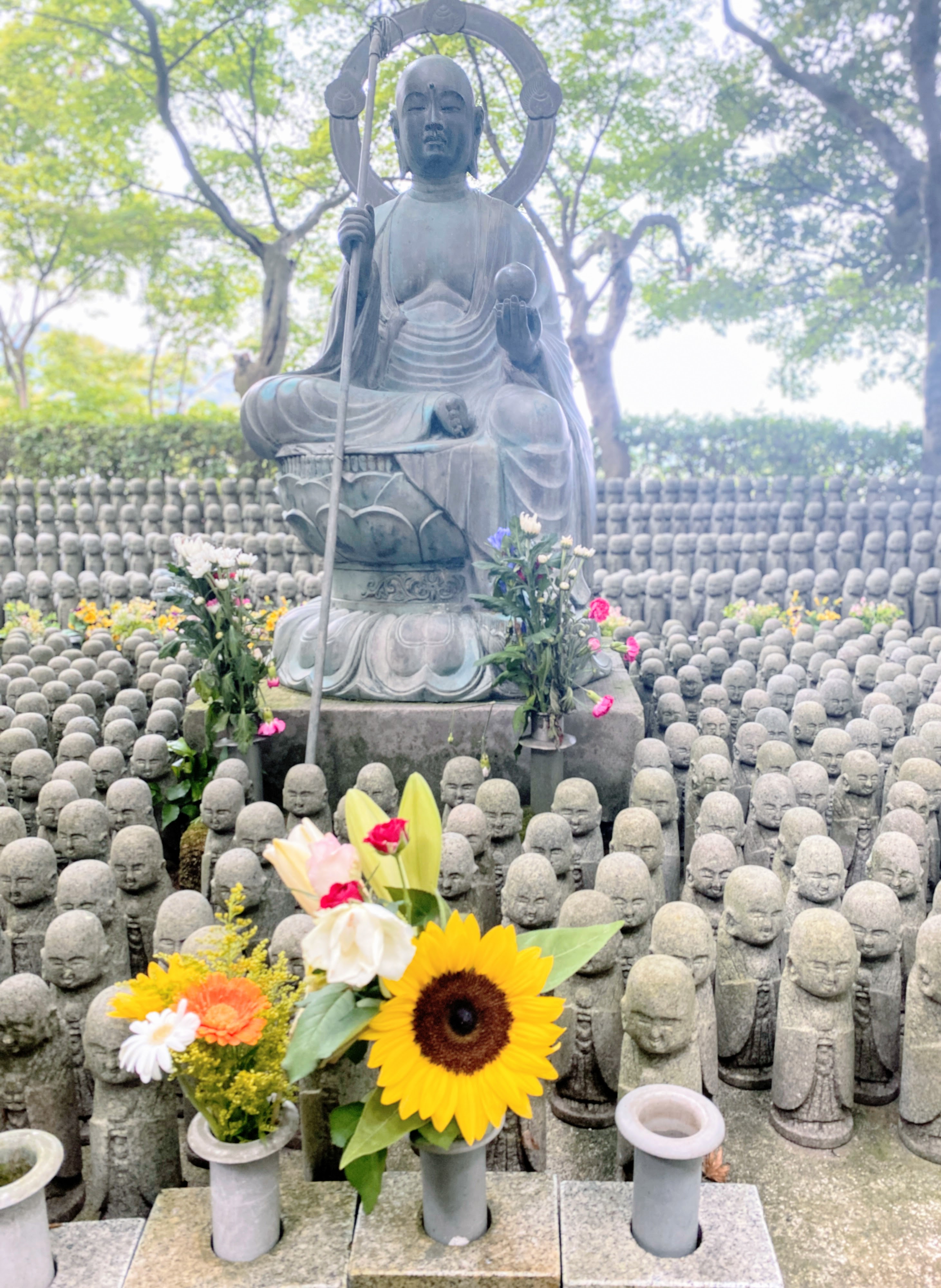
But from this day onward, we made the decision to stop drowning in tears and start looking ahead.
Well… we had been telling ourselves that all along—but this was the day we truly began to move forward.
We approached the temple office and asked, “We’d like to hold a mizuko kuyō.”
We made a donation, received a small Jizo statue, and were guided through a prayer.
If you’d like the baby’s name to be read aloud during the next morning’s service at 8am, you need to complete the process by 3pm the day before.
I also learned that mizuko kuyō is a relatively recent tradition in Japan, becoming more widespread in the 1970s.
It’s not something you must do. Not doing it doesn’t mean you don’t love your baby.
I found some temple websites that seemed to pressure grieving families with messages like “Your baby will be sad if you don’t come.” But truly, it’s entirely optional.
If it feels meaningful to you, then that’s enough.
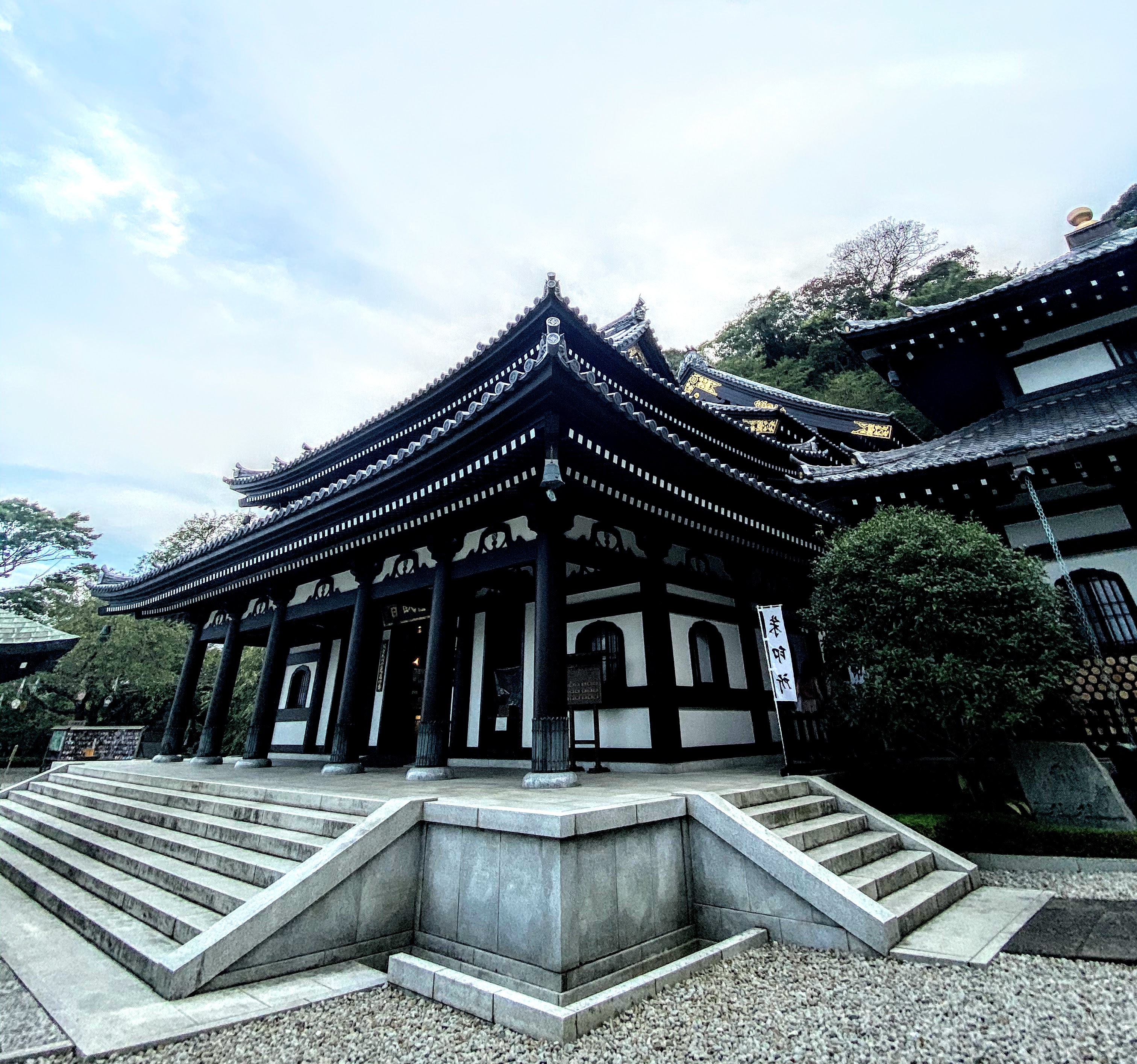
To make sure I wouldn’t forget this hot and emotional day, I created a Reels video as a memory.
A Birthday and a Memorial Day
Coincidentally, our baby’s first tsukimeinichi was also my mother’s birthday.
These days, we mostly celebrate family birthdays online.
Especially over the past few years, my mother has supported me endlessly.
Last year: pregnancy, miscarriage, wedding.
This year: being on bed rest mid-pregnancy, the hospitalization and stillbirth, recovery at her home…
Even though my family home is far from our place in the city, she always rushes to help me whenever I need it.
Until now, I was always focused on my own children, but I want to take this moment to express my gratitude to my mother—who gives me her time and love without limit.
Thank you, Mom.
ひまわりSunflowerの死産に関しての悲しいブログにコメント・メッセージくださった皆さんありがとうございます。
前回の投稿を書いたのは8月半ばで、心拍が止まったとわかってからはまだ1ヶ月立っていませんでした。
ひまわりブログを書いてから、北海道に行ったり自分でメンタルを取り戻す努力をして、ソーシャルに掲載できるほどに私は落ち着いてきました。
今はもう笑顔で冗談言ったり、前を向けるようになっています![]()
水子供養 みずこ・くよう
さて。今回も少し辛い話が続きますが、お付き合いください。
亡くなった赤ちゃんのための水子供養を、私たちは8月、初めての「月命日」に行いました。暑くて暑くて、溶けそうな1日でした。
場所は、今年の3月1日、妊娠2ヶ月の時に夫婦で訪れた長谷寺を選んだよ。
昔から大好きな場所です。海が見えたり山があったり竹が美しい。
小さいから家族や友人ともとも何度もきています。
今まで春・秋・冬はあったけれど真夏に来ることってあまりなくて、この晴れた日を記念に残しておきたいと思いここにブログを書きます。

山を登ると見える景色。大好きな場所です。

水子供養を受け付けるお寺は多くありません。
東京ではパッと調べて5つ以下でした。
小さい時から何度もきているこの長谷寺は、子供のための小さいお地蔵さんの供養をしていることを知っていたので、お願いしました。
そしたら当日、ここにもひまわりが飾ってあった。季節柄だと思いますが、ここにしてよかったと思った。前回のブログを書いた後だったので。
私たちの赤ちゃんがちゃんと天国まで登っていけるように、お願いしてきました。

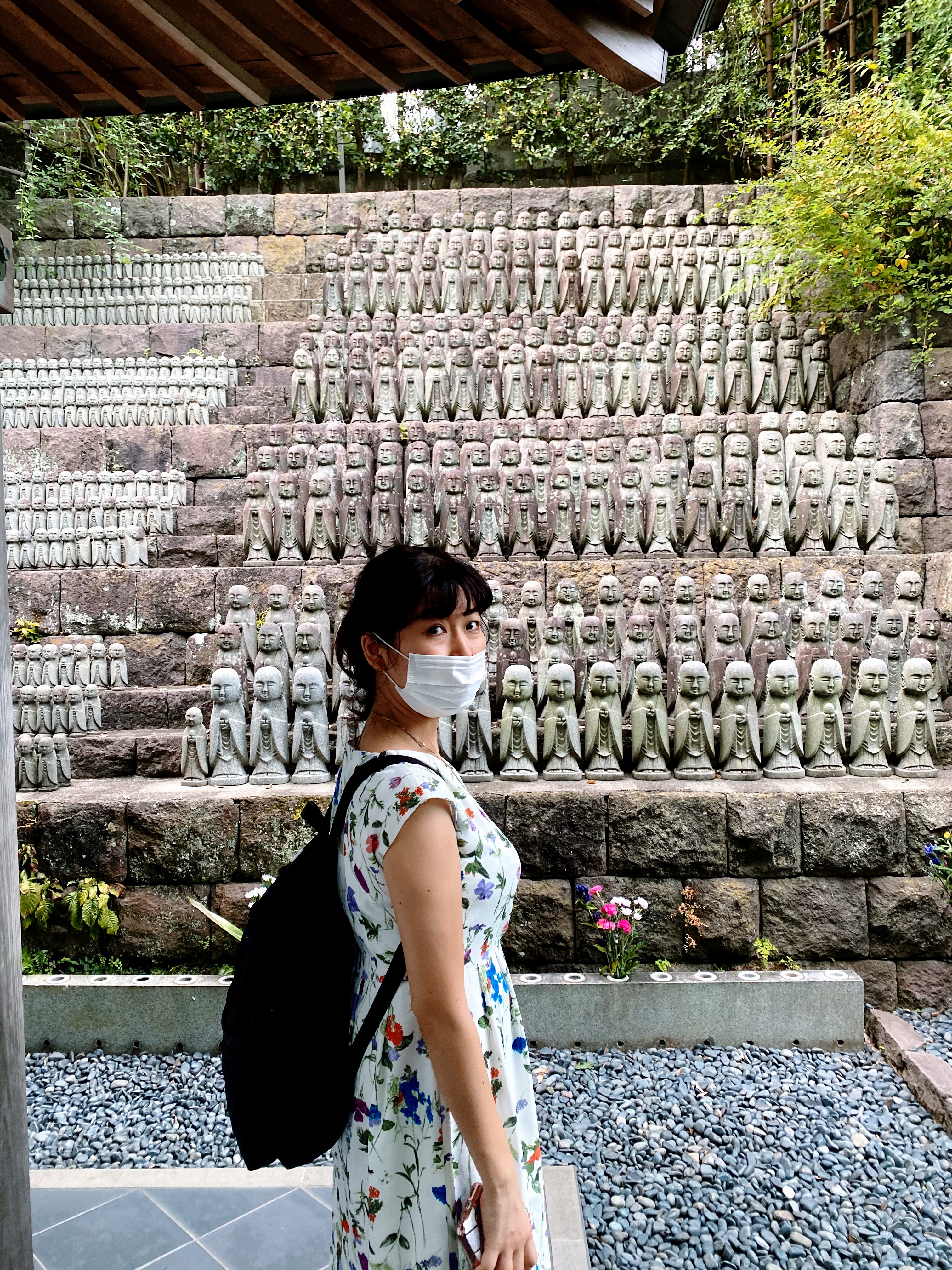

牡蠣の殻のうらにみんなのお祈りが書いてある。

ちなみに当日、赤ちゃんのお骨の一部を持って封筒に入れ、”あみくりウェディング”(私たちの結婚式)のロゴシールを貼って持って行きました。
赤ちゃん、ほんとはこの景色を一緒に見たかったよ。
おばあちゃんの家も近いので、ここならお母さん親子4世代で集まれると思ったのにな。
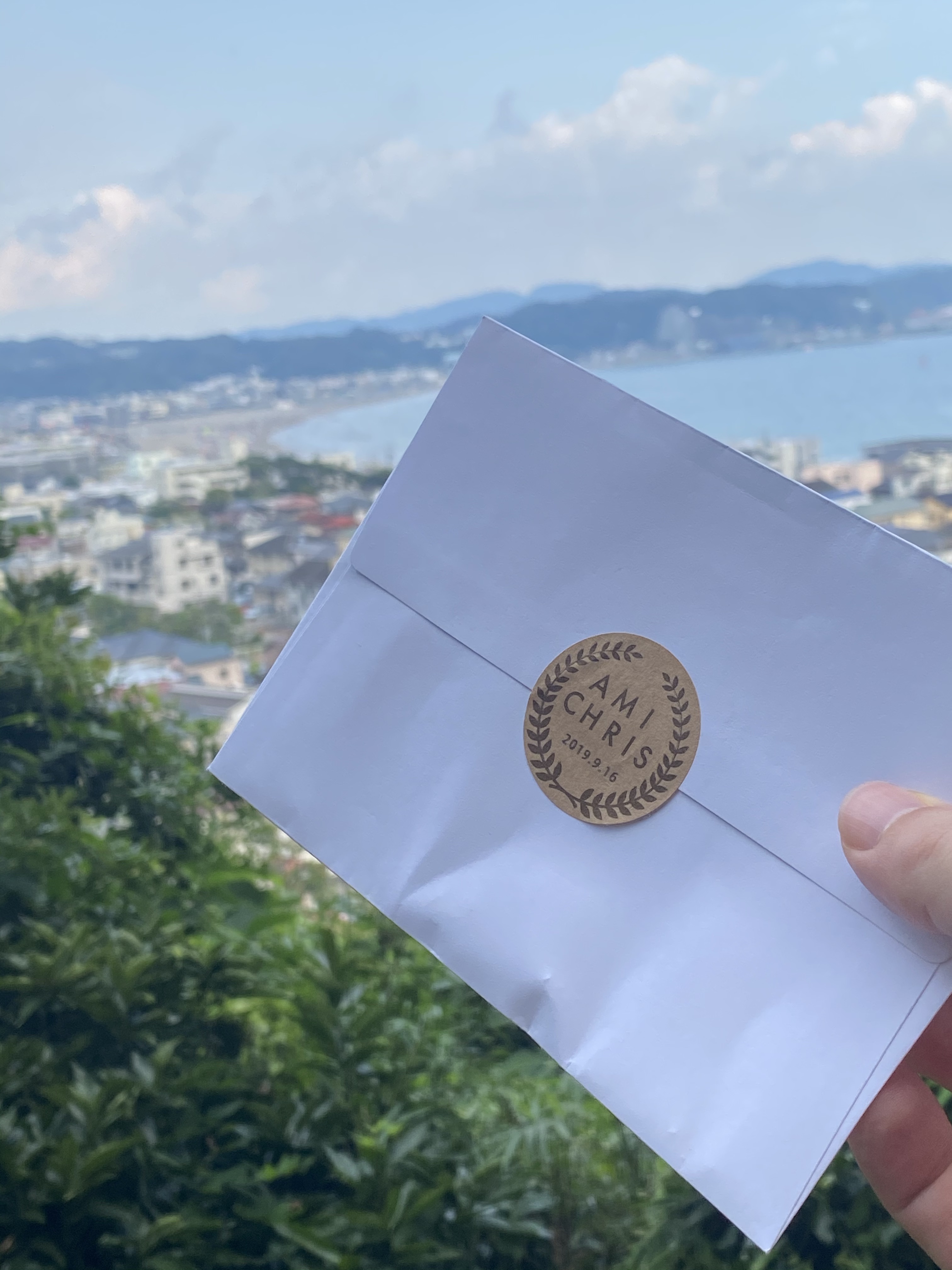
でも私たちは、もうこの日くらいから涙ばかりで落ち込んでるのはやめて、前を向こうとしてました。
というか、もちろん最初からそう思ってたんだけれど、本当に前を向き始められた。
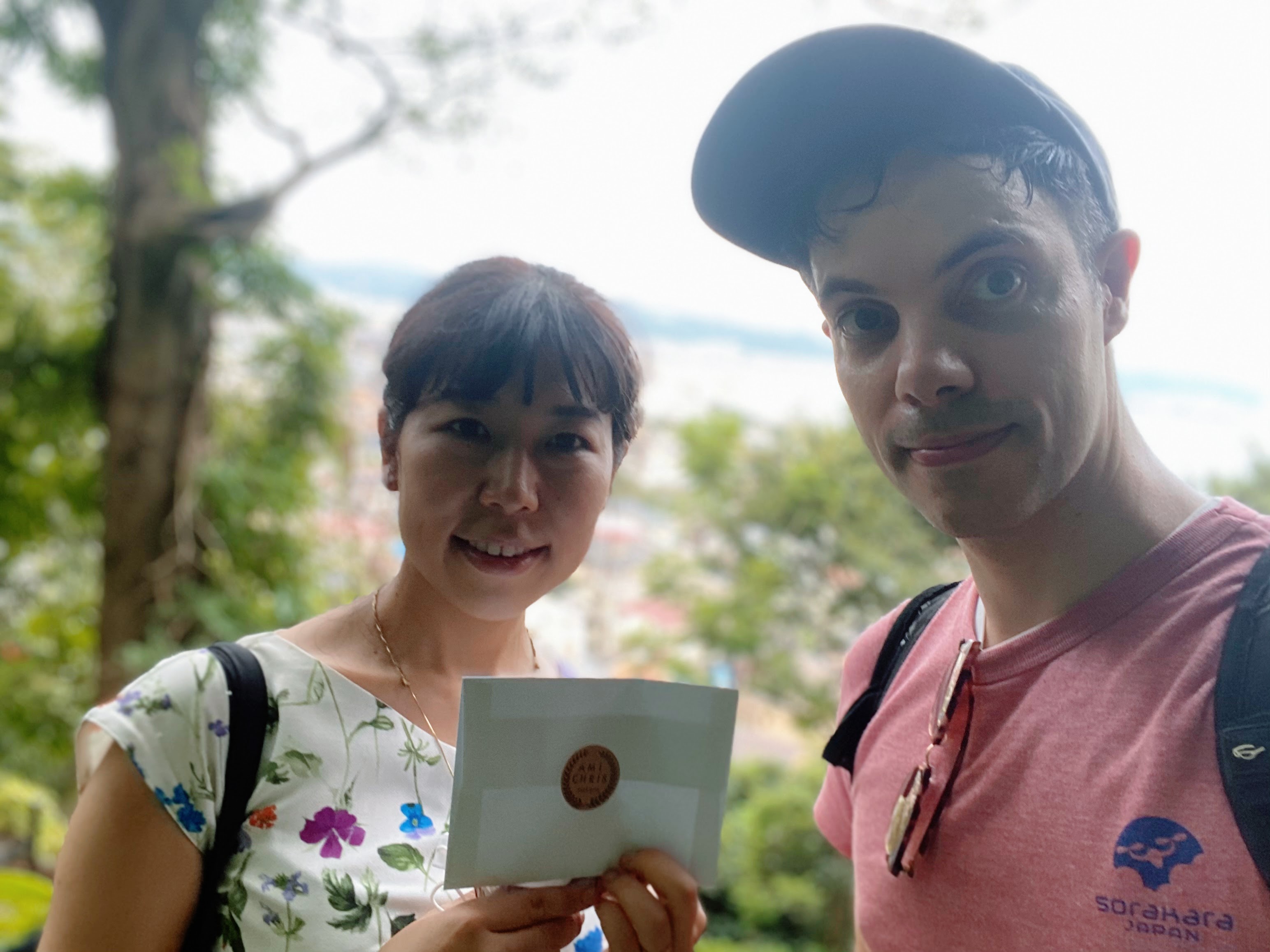
「水子供養をしたいです」と境内内の事務所に声をかけ、お金を収めました。
そして地蔵尊像をいただき、お祈りしていただきます。
詳しくはこちらに。翌朝8時に名前を読み上げる場に行くためには、3時までの手続きが必要です。

ちなみに、調べてみると水子供養自体は結構新しい風習で、1970年代に一般化したそうです。
必ず水子供養をしなくてはいけない、しないと子供を大切に思っていない、というようなことはありません。
私も調べましたが、「行かないと死んだ赤ちゃんが可哀想」と煽っているようなお寺のウェブサイトもいくつかあったのですが、全く必須ではなく、水子供養したい人だけがすれば良いいと思います。
この暑かった月命日、忘れないようにその日にReelsを作りました。
実はこの初命日は、私の母の誕生日でもありました。
今年は、うちの家族とは基本はオンラインパーティをしています。
特にここ数年、母にはお世話になりっぱなしです。
去年の妊娠・流産・結婚式、今年の妊娠中期の自宅安静→心拍停止で入院・死産→実家での療養など。
都心の私の自宅から郊外の実家まで近くはないけれど、何かあれば本当にすぐ駆けつけてくれます。
自分の子供のことばかり考えていたけれど、こうやって時間の限りを尽くしてくれる母に改めて感謝したいなと思います。 お母さん、ありがとう。

